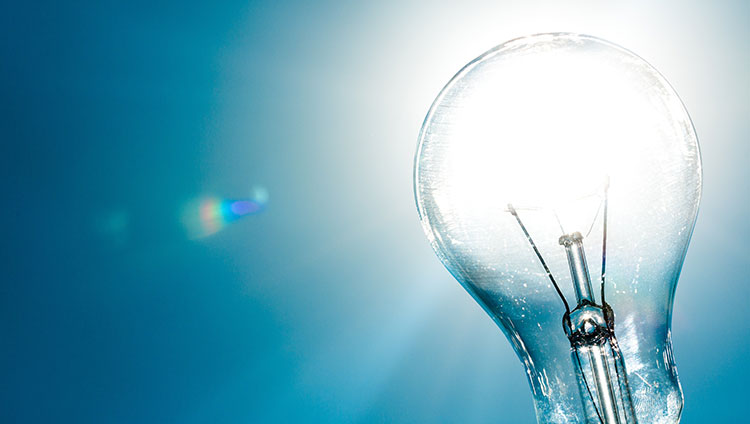Recent Patents in Signal Processing - Palm Print Recognition and Analysis

For our December 2018 issue, we cover recent patents granted in the area of palm print recognition and analysis.
In patent no. 9,477,869 a mutual-capacitance palm print identification method is provided, a mutual-capacitance palm print identification device and a mutual-capacitance palm print identification touch panel. The method includes: forming a palm template information by using a mutual-capacitance touch panel to acquire a capacitive sensing data obtained from a palm pressing by a user; forming a current user's palm information by using the mutual-capacitance touch panel to acquire a capacitive sensing data obtained from a palm pressing by the current user; and comparing the current user's palm information with the palm template information and outputting the result of the comparison. It is unnecessary to add extra parts for the present invention, and thus the cost is low. Moreover, a palm of a living body is required, it is difficult to be cracked and counterfeited.
In patent no. 7,609,865 a method and system is introduced for biometric identification, which utilizes structured light (e.g., fine grid) that is projected to the target objects (fingers and palm). The image with structured light on the object contours can give 3D information of the objects with resolution to satisfy NIST fingerprint standard. In embodiments, the structured light can be of different color, to reduce the burden of the software processing. To enhance the capture speed, a model with 2D image on "smooth" 3D surface can be used. In this "2.5-D" case, the finest feature of the structured light can be as big as millimeter size. Although grid-structured light can satisfy current requirement of fingerprint and palm print capture standards, in other embodiments, a customized structure based on the initial scan result can give optimal result on the 3D data. This may be useful when higher resolution is desired.
A method of biometrics identification from patent 7,496,214 includes obtaining an image including a portion of a hand of an individual, analyzing the image to find one or more feature parameters defining different characteristics of the hand, and comparing the feature parameters with reference information in a database. The features parameters including a geometrical features parameter, a palm line features parameter or a palm texture features parameter.
According to patent no. 7,466,846 a method of palmprint identification includes obtaining an image of a portion of an inner surface of a hand of an individual. A sub-image of skin surface within a defined area of the inner surface of the hand of obtained from the image. The sub-image is analyzed to obtain texture data for the skin surface with the defined area. The texture data is compared to reference information in a database.
The invention no. 7,054,470 uses a novel biometrics, called resultant fingerprints and palm-prints, for authentication. The novel biometrics are consecutive traditional print images where the subject physically changes the appearance of the print images by rotating or rotating and translating, or rotating, translating, and shearing the finger or palm. That is, it is a sequence of finger or palm-print images over a short interval of time where the images are modified according to the rotation or a combination of rotation and translation or a combination of rotation, translation, and shear. The rotational and translational and shear components of the motion in the sequence of print images are determined from the image-to-image flow. This flow is either computed from motion-compensation vectors of the sequence compressed in MPEG formats or directly from the uncompressed images. The global image-to-image flow is expressed in terms of an affine transformation, computed from the local flow in blocks around a non-moving central region. The rotational and translational components of this affine transformation are smoothed over a temporal neighborhood resulting in a function of time. This function of time is a behavioral biometrics which can be changed by the user when compromised. Matching of this function for authentication purposes is achieved very much as is done in legacy signature matching authentication systems where two temporal signals are compared.
If you have an interesting patent to share when we next feature patents related to palm print recognition, or if you are especially interested in a signal processing research field that you would want to be highlighted in this section, please send email to Csaba Benedek (benedek.csaba AT sztaki DOT mta DOT hu).
References
Number: 9,477,869
Title: Mutual-capacitance palm print identification method, mutual-capacitance palm print identification device and mutual-capacitance palm print identification touch panel
Inventors: Liu; Haodi (Beijing, CN), Ye; Benyin (Beijing, CN)
Issued: October 25, 2016
Assignee: BOE TECHNOLOGY GROUP CO., LTD. (Beijing, CN)
Number: 7,609,865
Title: 3D fingerprint and palm print data model and capture devices using multi structured lights and cameras
Inventors: Chen; Feng (Houston, TX)
Issued: October 27, 2009
Assignee: Biomagnetics (Houston, TX)
Number: 7,496,214
Title: Method of palm print identification
Inventors: Zhang; Dapeng David (Kowloon, HK), You; Jia Jane (Kowloon, HK), Kong; Wai Kin Adams (Kowloon, HK), Lu; Guangming (Kowloon, HK), Wu; Xiangqian (Kowloon, HK)
Issued: February 24, 2009
Assignee: The Hong Kong Polytechnic University (Hong Kong, HK)
Number: 7,466,846
Title: Method for analyzing a palm print for the identification of an individual using gabor analysis
Inventors: David; Zhang Dapeng (Kowloon, HK), Adams; Kong Wai-kin (Kowloon, HK)
Issued: December 16, 2008
Assignee: The Hong Kong Polytechnic University (Hong Kong, HK)
Number: 7,054,470
Title: System and method for distortion characterization in fingerprint and palm-print image sequences and using this distortion as a behavioral biometrics
Inventors: Bolle; Rudolf Maarten (Bedford Hills, NY), Dorai; Chitra (Chappaqua, NY), Ratha; Nalini K. (Yorktown Heights, NY)
Issued: May 30, 2006
Assignee: International Business Machines Corporation (Armonk, NY)

